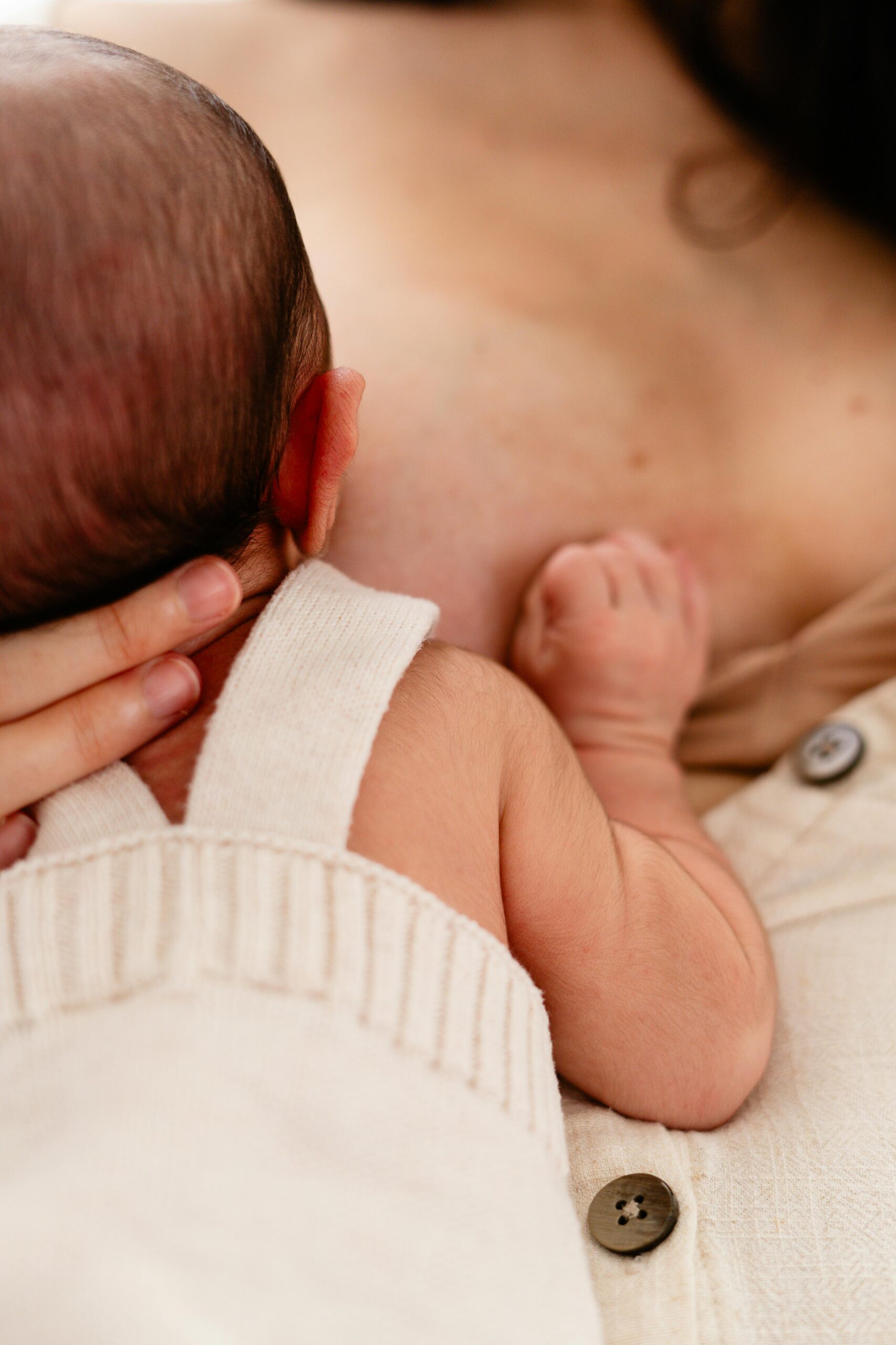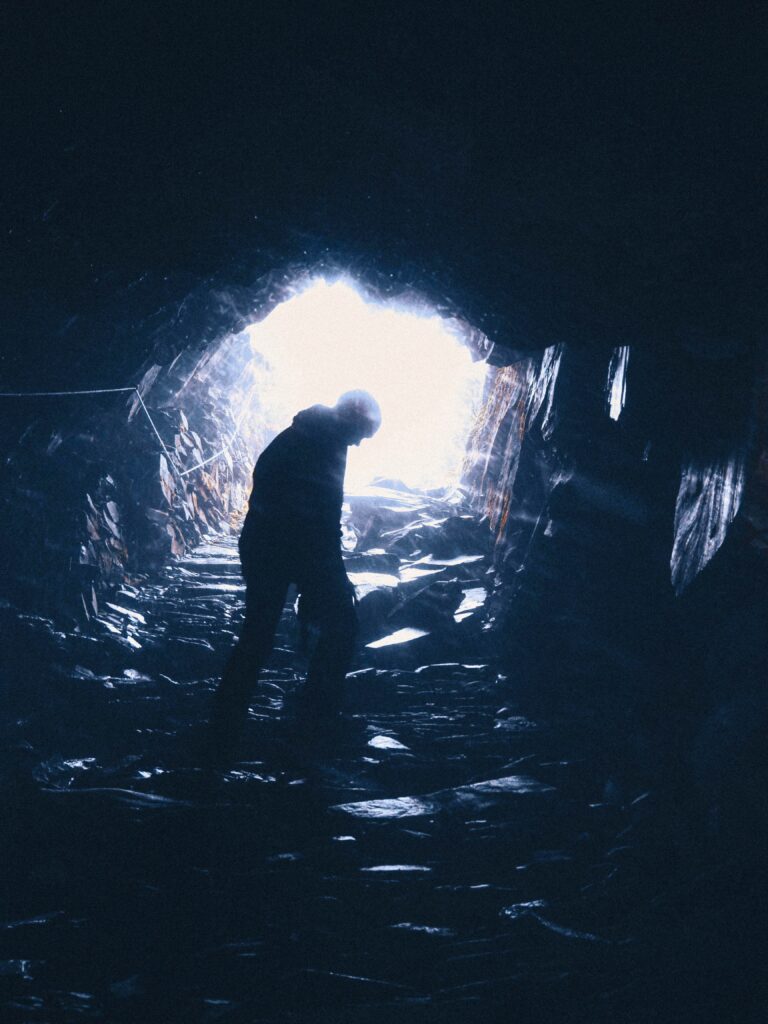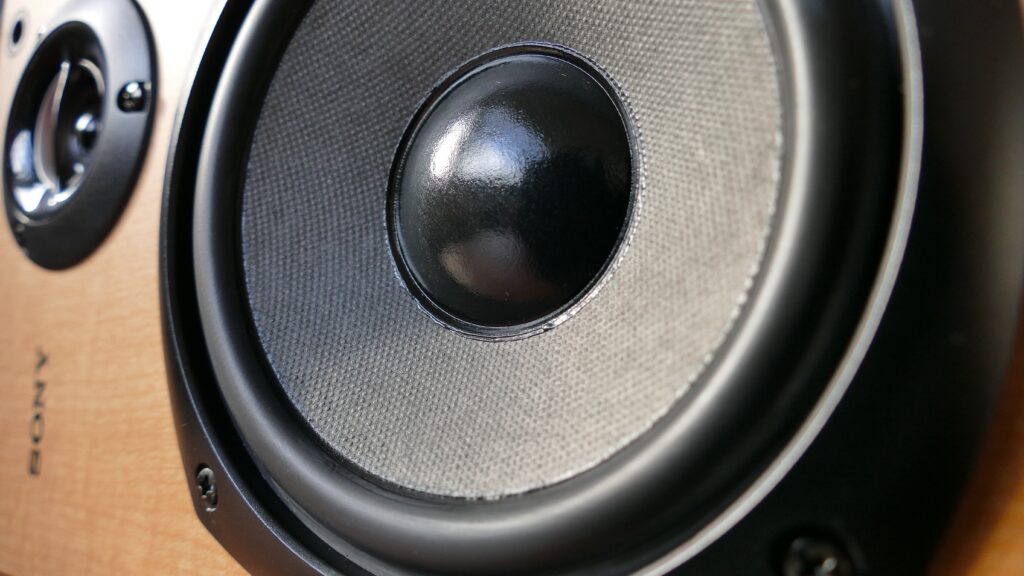No one can help you until and unless you help yourself.
The above statement is very wise and true. However, from an individual’s perspective, it’s not as easy as it may sound. When it comes to helping or healing ourselves as individuals, it is quite an in-depth process.
Reflect on your wounds if you have any, and consider how painful the healing process was. It is like only the person who has a wound on their body would understand the torture of changing the dressing every day, being incapable of doing everyday things, and bearing the pain in their body every single day.
Just as only a mother could understand the difficulty of feeding a baby  just after the baby is born, how hard it is for her to sit down with stitches and feed the baby; that subtle discomfort can only be felt by a mother.
just after the baby is born, how hard it is for her to sit down with stitches and feed the baby; that subtle discomfort can only be felt by a mother.
Whether it is physical stitches, a physical wound, loss of limbs, or any other operation on the body, everyday hurdles with pain can only be known to the person who is experiencing it.
Emotional Healing Process with Complex Emotional World Within

An emotional wound is similar or even worse. It is worse because an emotional wound can’t be seen to estimate how far a person has already been wounded or healed. Also, the person who is going through this emotional wound is often unaware of their own mood changes to some extent, let alone capable of helping themselves.
The depth of an emotional wound is hard to acknowledge, even for psychologists to some extent.
Helping yourself is important, but the depth of that healing involves so many factors. Sometimes it is hard to analyse which factor needs more priority in the process, as all factors have already shaped our personality and the way we think and believe. Let’s have a look.
Every single person has their own internal world. This world is real to them, based on their experiences from birth until today. This includes everything: their first language, their parents’ behaviour, their siblings, surroundings, schooling, friends, partners, culture, religion, society, colleagues, children, life-threatening events, and even genes. All these factors contribute to one’s overall life experiences. What goes on in one’s brain based on their chain of experiences (that they get from the aforementioned factors) can only be seen by them.
It’s like collecting pieces of information from the world and making our own internal movie, which only we can see. The characters are real, but their interpretation is biased by our experiences.
Connecting Past Experiences to the Uncharted Present
For example, during your bachelor’s, you had to stay in a hostel. Your experience living in the hostel wasn’t quite good. Anyhow, you managed to live there for 3 years, but by the time you finished your bachelor’s, you were really frustrated and decided you wouldn’t live in a hostel ever again. Now, after a long time, you got a chance to pursue a master’s degree to advance your career. This time, you thought of living on your own by renting a room. Without even meeting new people, your old experience with people hinders you. Your own internal world has become biased. This time, the problem is not outside but inside, in your own interpretation of the world.
You see how our brain connects thoughts and creates a web inside 
Now, telling someone to help themselves is like asking them to change when they have no idea where to start. As it’s said, the whole internal world is connected; you need to figure out the connection to that pain.
Pause and Reflect on Your Emotional Decisions
Question Yourself
a) Are these decisions based on present reality, or are they rooted in your past experiences?
b) Are these decisions based on your own past experiences or those of people around you?
Helping yourself can be challenging but not impossible. Since this internal movie is seen only by you, only you can figure out the connection to that pain. Where is that pain coming from?

The first step is acknowledging you have pain, and that it can stem from many reasons. At first, it may seem to have one cause, the problem right in front of you. But in most cases, what we think is the cause of the problem is vague. Sometimes our own interpretation can create a false image of the present. For example, you may decide not to get married because you’ve seen the toxic relationship of your parents. Now, you think it’s your decision not to get married, but it’s not; it is a decision influenced by your circumstances and processed by your brain long ago. You are just now implementing it. How can it be your decision without getting married to someone and experiencing what marriage actually feels like? You need to go through real experiences before you decide your real actions.
Once the cause of the pain is identified, then one can think of solutions. It’s like if someone has pain in their stomach; without proper diagnosis, doctors cannot really know what treatment to offer. In the same way, in the internal world, you are your first doctor. No other person can diagnose it for you.
Embracing Self-Healing

Every individual is unique based on their experiences. The saying, ‘No one can help you until and unless you help yourself,’ is very true. Indeed, no one can help you. However, knowing that it’s not going to be an easy job, one should be patient enough to understand themselves so well that no outer circumstances can hinder their healing process. Also, before we say this phrase, ‘No one can help you until and unless you help yourself,’ to someone else, ensure you give them enough space to heal.
Enjoy your internal world, which is fully yours—clean, woundless, and full of life.










